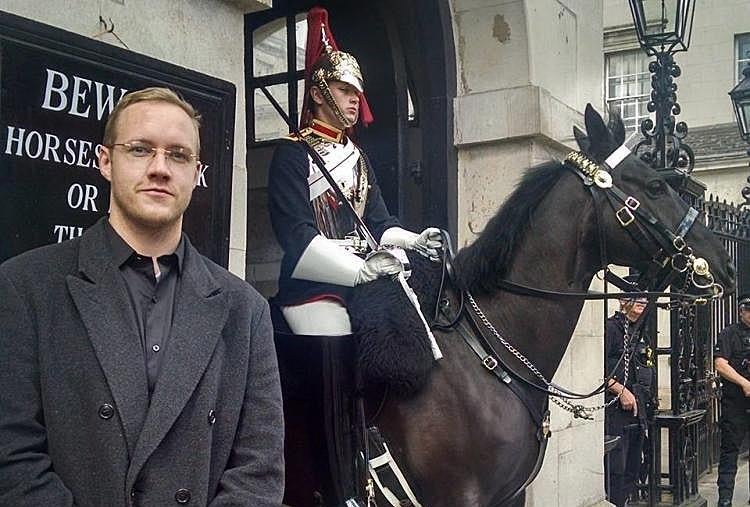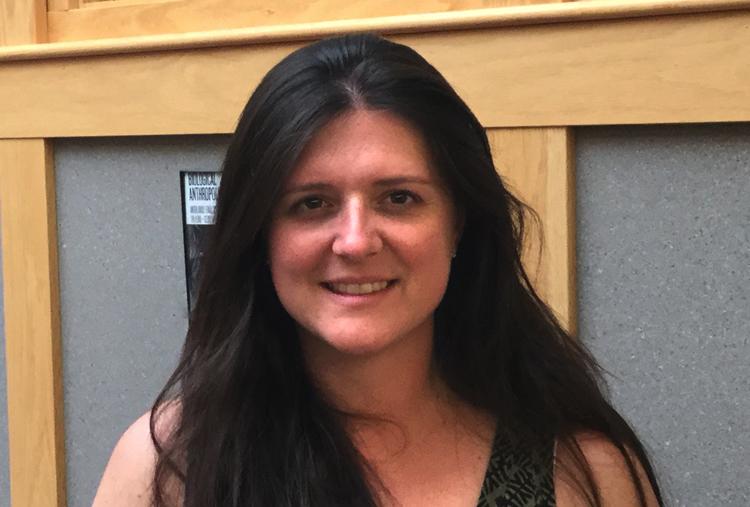Museum Matters: January 2020
Herpetology News
The Vertebrate Section recently wrapped up a two-year Institute of Museum and Library Services (IMLS) grant to improve the specimen storage conditions of the CU Herpetology Collection. In need of modernization, IMLS funds supported several stewardship measures to ensure the collection’s long-term preservation and increased accessibility to users. Three collection rooms were retrofitted with new open shelving to replace the existing dilapidated storage lockers that were unfit for supporting the heavy loading requirements of the collection. Thousands of jars housing pickled reptile and amphibian specimens are now stowed in a brighter environment on state-of-the-art museum furniture, where they can be more easily be retrieved and monitored. New compactor systems on rails were also added to alleviate specimen crowding and increase the storage footprint of the space to accommodate future collections growth. In the process, half-century old mason jars with cracking lids and disintegrating gaskets were exchanged for better-sealing containers that prevent harmful evaporation of preservative fluid.
Over the course of the project, eight CU students handled each and every one of the nearly 68,000 reptile and amphibian specimens while conducting a full collection inventory. They meticulously documented specimen condition, adjusted ethanol concentrations, applied archival labels to jars, and rehoused everything from rattlesnakes to salamanders to chameleons. Specimens were mapped to their exact storage locations to better facilitate finding when requested for exhibit, loan, or in-house examination by visiting researchers. There were also many mysteries solved along the way, such as piecing together the identities of untagged specimens found in the bottom of jars, ultimately adding over 250 previously uncataloged specimens to the Herpetology Collection roster.
Assembled from the mid-19th century to present, the CU Herpetology Collection is global in scope and includes fauna from 95 countries with a geographic emphasis in Colorado, the Southwestern United States, and Mexico. The collection provides critical baseline data for biodiversity research, and encompasses important series such as endangered species and primary type specimens, those which represent the first species of their kind named to science. Many specimens in the collection were contributed by world renowned herpetologists Hobart Smith and T. Paul Maslin, who leave a rich legacy of scientific literature that contributes to our understanding of reptilian and amphibian biology and their patterns of distribution. The transformation of the Herpetology Collection through implementing best practice storage and curation measures represents a major step towards protecting this valuable resource far into the future.

Welcome New Curators

Assistant Professor, Curator of Archaeology
Dr. Taylor’s research focuses on the relationship between humans and animals, with a topical focus on horses and animal domestication, and a technical emphasis on archaeozoology, archaeological science, and emerging technologies. He has ongoing field projects in the Great Plains and the American Southwest as well as Mongolia and the Steppes of Central Asia. He also conducts museum collections research in China, Australia, and South America.

Assistant Professor, Curator of Archaeology
Dr. Fladd's research focuses on the Southwest United States, specifically the prehispanic Pueblos of the Four Corners region. She is interested in the ways social groups negotiate their identities through relationships to their spatial setting, incorporating traditional architectural approaches with studies of depositional practices and room decommissioning. She has conducted fieldwork in Chaco Canyon, northeastern Arizona, and southwestern Colorado.

